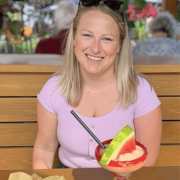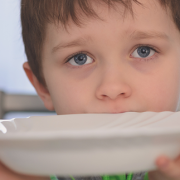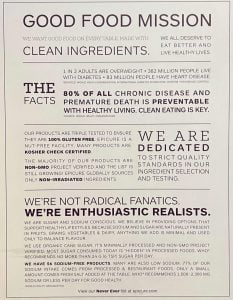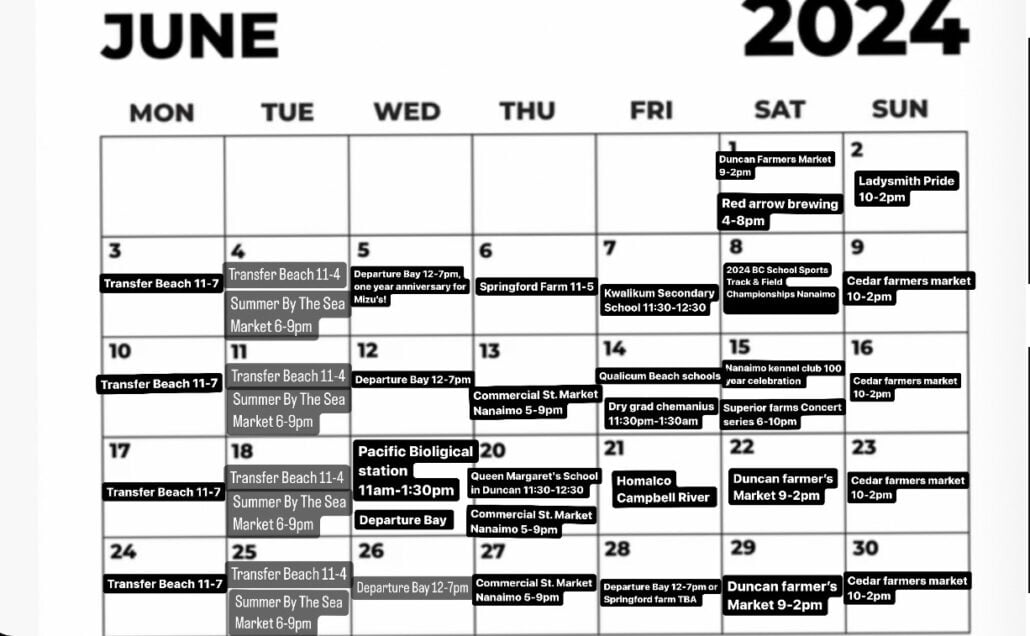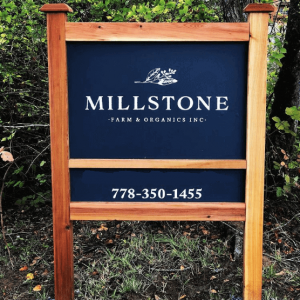Update to ‘Rethinking Cross Contamination’ Continues to Concern
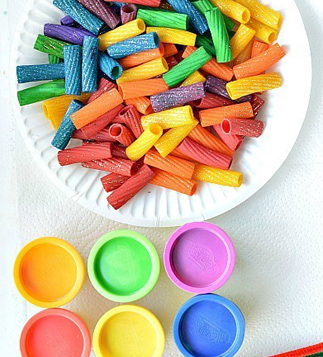 Common recommendations for children with celiac disease, such as avoiding shared toasters and Play-Doh, may not be necessary for preventing exposure to gluten, according to new research presented at the 2019 annual meeting of the North American Society for Pediatric Gastroenterology, Hepatology and Nutrition.
Common recommendations for children with celiac disease, such as avoiding shared toasters and Play-Doh, may not be necessary for preventing exposure to gluten, according to new research presented at the 2019 annual meeting of the North American Society for Pediatric Gastroenterology, Hepatology and Nutrition.
- Jillian Mock, Gastroenterology & Endoscopy News 1
In two related experiments, researchers from the celiac disease program at Children’s National Medical Center in Washington D.C., looked at whether, and how much, gluten could be transferred from contaminated cafeteria foods and school supplies to children’s hands, work tables and gluten-free food . The researchers also analyzed how effective different washing methods were at removing gluten contamination.
The work was born out of an effort to create national guidelines for children with celiac disease in schools. Vanessa Weisbrod, executive director of the Celiac Disease Program at Children’s National Hospital and the corresponding author on the study, gathered hundreds of recommendations from hospitals and advocacy groups, but none was uniform or based on rigorous research, she told Gastroenterology & Endoscopy News.
“This is just the first of hopefully many studies that will be looking at this to help us really make recommendations based on data as opposed to what we think,” Ms. Weisbrod said. Celiac disease affects about 1% of the population of the United States.
In the first study, the researchers measured cross-contamination in three kitchen scenarios: toasting bread with and without gluten in the same toaster; cooking pasta with and without gluten in the same pots and water; and slicing gluten-free and gluten-containing cupcakes with the same knife. SEE ‘Rethinking Cross Contamination‘
_____
In the second study, 10 children without celiac disease, aged 4 to 16 years, completed seven school activities: using papier mache, playing with Play-Doh, touching raw and cooked pasta, making sandwiches, applying gluten-containing lotion, and cutting cupcakes with and without gluten.
Ms. Weisbrod said she and her colleagues were surprised that
- using a shared toaster for both gluten-free and gluten-containing bread transferred minimal gluten (<5 parts per million [ppm] in most samples), as did playing with Play-Doh (median, 1.25 ppm). Both exposures were well below the 20-ppm threshold the FDA uses to consider an item gluten-free.
- Playing with dry pasta (median, 1.25 ppm), applying lotion (median, 2.06 ppm), making a sandwich (median, 8.17 ppm), and cutting cupcakes (median, 8.97) were all associated with a low-to-medium risk for exposure to gluten, according to the researchers.
- The highest exposures came from papier mache (median, 1,339.38 ppm), playing with cooked pasta containing gluten (median, 241.12 ppm), and cooking gluten-free and gluten-containing pasta in the same water (detectable levels, 33.9-115.7 ppm).
- In almost every scenario, washing hands, utensils or work tables with soap and water or water alone was sufficient to remove detectable gluten.
- The hardest to clean off was papier mache, for which researchers resorted to cleaning solutions containing alcohol.
Jenifer Lightdale, MD, MPH, the chief of pediatric gastroenterology, hepatology and nutrition at UMass Memorial Children’s Medical Center, in Worcester, said physicians can use these initial data to advise families of children with celiac disease.
“I thought this was a nice and rigorous attempt to look at certain recommendations we all make, whether they are true or whether they might be urban myths,” said Dr. Lightdale, who also is the chief quality officer at UMass Memorial and a professor of Pediatrics at the University of Massachusetts Medical School, who was not involved in the study.
“We don’t need to be part of the fear factor for families as they try to make their world more gluten-free.”
The researchers hope to complete their national recommendations and are already planning a nationwide study of gluten contamination in shared kitchens.
“I think the bottom line is that employing basic cleaning methods to hands, tables and utensils removes gluten and we have to remember we can wash it away,” Ms. Weisbrod said. “Basic hygiene is really important regardless of preventing transfer of bacteria or transfer of gluten.”
• SEE link to ‘A Quantitative Assessment of Gluten Cross-Contact in the School Environment for Children with Celiac Disease’
• SEE LINK to Preparation of Gluten-Free Foods Alongside Gluten-Containing Food May Not Always Be as Risky for Celiac Patients as Diet Guides Suggest’
Preventing Cross Contamination 2
People who need to eat gluten free need to check both the ingredients in food and any cross-contamination with gluten-containing ingredients that might happen when the food is manufactured, packaged and prepared for eating.
When you think about avoiding cross-contamination, you need to realize that crumbs matter. Look around your kitchen to see where there are crumbs – on the counter top, in the microwave, on the cutting board or in the corners of your metal baking dishes? Anywhere you see crumbs is a potential place for cross-contamination.
At home the following practices will go a long way toward avoiding cross contamination:
- A celiac should have their own butter dish and a cutting board that is used for gluten free foods only.
- A celiac should have their own toaster. A toaster oven, where the rack can be removed and washed if others have used it may be a good alternative. If you do not have access to a separate toaster, try a toaster bag, a silicon bag that holds the bread while it is toasted. The bread toasts right through the bag.
- If it is not practical to have a section of the counter top set aside for preparing gluten free food only, always make sure that the counter space you are using to prepare gluten free food is freshly washed to ensure it is free from crumbs or flour dust.
- Do gluten free baking first, and have it well wrapped and stored before doing anything with regular flours. Flour dust (in the air) from regular flours could settle on the gluten free products, thus contaminating them.
- Note: Although this doesn’t fall into the cross contamination area, it is worth noting that a Celiac should take precautions against breathing in flour dust when using other than gluten free flours. Flour dust that settles on the nasal passages may eventually get swallowed and end up being digested.
- When making sandwiches, do the gluten free ones first – otherwise be sure to wash your hands after touching regular bread and before touching gluten free supplies.
- Use clean utensils and avoid “double dipping” – knives or spoons are OK the first time, but once they have touched food with gluten, they can contaminate the food in the container if used again. If it is too difficult to train other family members in this regard, it would be wise for the celiac to have their own jar of jam, peanut butter, mustard, etc.
- Be especially alert and cautious when you have guests helping in the kitchen – they will not have your gluten awareness. Also, it is when you are otherwise distracted that you are more likely to make a gluten error.
- Make sure any pots, utensils, etc. that are used for other foods are thoroughly scrubbed before using for gluten free foods. In the case of something like muffin tins, paper liners may be a worthwhile consideration.
- It is best to have a separate set of utensils with porous surfaces, such as wooden spoons, for your gluten free baking. These utensils might retain some gluten particles after cleaning.
- If using lentils, be sure to meticulously pick them over before putting in the pot to cook. Even if you buy them packaged, it is not uncommon to find kernels of wheat or oats (or pebbles) in with the lentils.
Away from home, be aware of sources of cross contamination:
- Products in bulk bins can become contaminated by using the scoops in more than one bin. There is no assurance that the other customers will be as cautious as you. Also, flour dust in the air around these bins can cause a problem.
- At the deli counter, where gluten free meats are being cut using the same utensils without cleaning in between or where cut meats often overlap on the counter.
- Buffet lunches, where the chef tests the temperatures in all the dishes using one thermometer, or spoons are used for more than one dish.
- French fries cooked in oil where battered foods have been fried.
- Meat cooked on a grill which hasn’t been cleaned after cooking regular food with gluten.
- Gluten-free pasta may be cooked in water used for regular pasta and rice may be cooked in broth containing gluten.
- Milling of gluten free grains on equipment that has been used for regular grains.
- In product production where a gluten free product is not produced on a dedicated line. Cereals and candy bars that have gluten free ingredients may be produced after a non GF item without having the equipment cleaned thoroughly in between.
2 https://www.celiac.ca/living-gluten-free/newly-diagnosed as adapted from an article prepared by the CCA Calgary Chapter http://www.calgaryceliac.ca/wp-content/uploads/2012/03/Contamination.pdf



